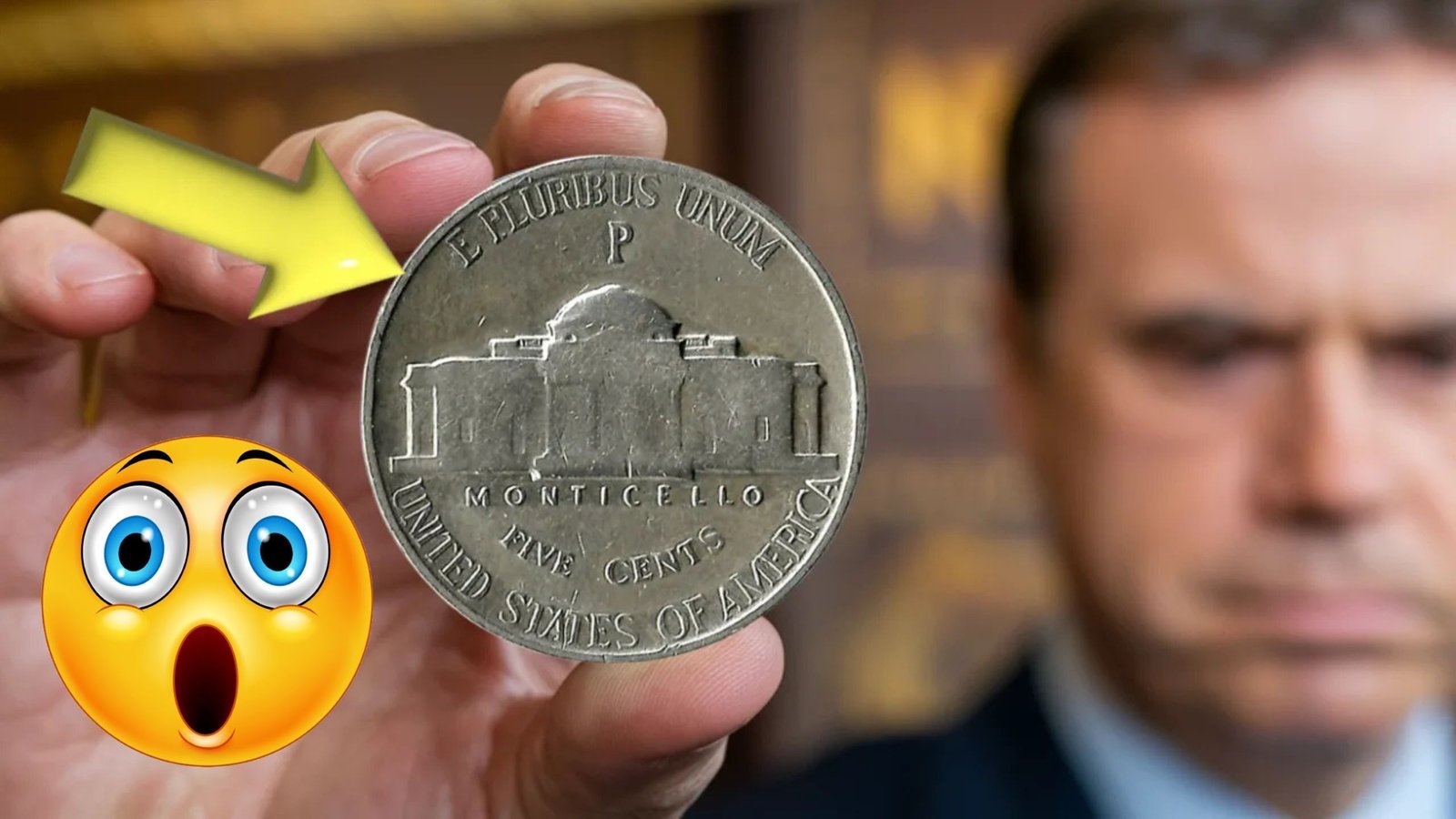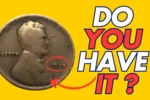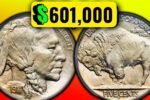War-Era Jefferson Nickel : Coins often tell stories, and some even carry history in their very metal. One such story belongs to a rare Jefferson nickel minted during the Second World War—an unassuming five-cent coin that would one day become one of the most valuable and sought-after pieces in American numismatic history.
A Coin Minted in a Time of Crisis
As the United States became deeply involved in World War II, the demands on natural resources intensified. Nickel, a key component in armor plating and weapons manufacturing, suddenly became too valuable to use in circulating currency. In response, the U.S. Mint modified the standard Jefferson nickel in 1942, replacing its usual 75% copper and 25% nickel composition with a wartime alloy containing 35% silver, 56% copper, and 9% manganese. This change not only preserved strategic materials but also created a new category of coins now known as “war nickels.”
The Unique Identity of the War Nickel
To distinguish these temporary coins from the regular issues, the U.S. Mint added a large mint mark above Monticello on the reverse side—a design detail not found on any previous Jefferson nickels. It became the only time in U.S. history when the Philadelphia Mint used a “P” mint mark on coins. Though tens of millions of war nickels were made, not all were ordinary. A few carried errors or anomalies that would eventually place them among the rarest coins ever found.
The Birth of a Billionaire Nickel: A Minting Error Changes Everything
In the chaos of wartime production, a small number of 1943 Jefferson nickels were mistakenly struck on bronze planchets—metal blanks left over from pre-war coinage. These bronze nickels looked subtly different in color and weight, and many went unnoticed for years. Over time, collectors discovered these anomalies, and their rarity catapulted their value. Only a handful are known to exist, and in top condition, one has fetched well into the six-figure range at auction—with experts speculating a perfect specimen could exceed $1 million due to demand, history, and mystique.
A Coin That Carries More Than Just Value
Beyond its rarity, the war-era Jefferson nickel serves as a silent witness to a defining period in American history. It reflects the sacrifices made on the home front and the nation’s ability to adapt in times of crisis. These nickels weren’t just minted—they were made out of necessity. Owning one is like holding a piece of national resilience and innovation, a tangible connection to a moment when every material—even coinage—was devoted to the war effort.
From Change Jar to Showcase: The Coin’s Place Today
Once used for bus fares and candy, the rarest war nickels now sit in museum displays, private vaults, or are the subject of fierce auction battles. Many collectors specifically seek out high-grade examples of the silver war nickels, while others dream of discovering one of the ultra-rare bronze-struck errors. Their journey from casual pocket change to multi-million-dollar collectible is a testament to the surprises history can hold in even the most ordinary objects.
Frequently Asked Questions ( War-Era Jefferson Nickel Became One of America’s Most Valuable Coins )
Q1: What makes a Jefferson war nickel different from a regular nickel?
War nickels (1942–1945) were made of a silver-based alloy and have a large mint mark above Monticello on the reverse, including a “P” for the Philadelphia Mint—used for the first time ever.
Q2: Are all Jefferson war nickels valuable?
Not all are rare, but due to their silver content, they are worth more than face value. Nickels in high condition or those with errors—like the bronze planchet version—can be worth hundreds to thousands.
Q3: How can I identify a bronze 1943 error nickel?
Bronze versions weigh slightly more and have a different tone compared to the silver alloy. A professional grading service or metal analysis is needed for confirmation.
Q4: How much is a war-era Jefferson nickel worth?
Common circulated examples are worth around $1–$3 due to silver content. Rare errors like the 1943 bronze strike can be worth over $100,000 depending on condition.
Q5: Where should I get my nickel appraised?
For authenticity and value, consult a professional coin dealer or send the coin to a certified grading service like PCGS or NGC.
The story of the war-era Jefferson nickel is proof that a coin doesn’t need to be gold or ancient to be extraordinary. Born out of conflict, molded by necessity, and elevated by accident, this nickel represents a perfect storm of historical significance and numismatic rarity. In a world overflowing with digital assets and virtual wealth, it’s a powerful reminder that sometimes, true value still comes in the form of simple metal passed hand to hand—until history reveals its worth.




